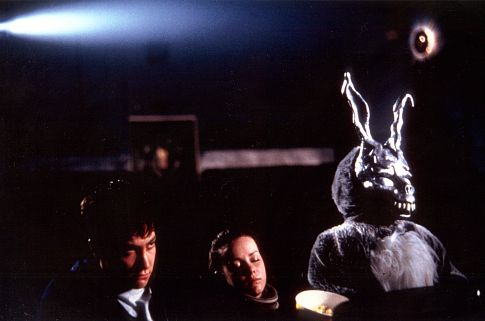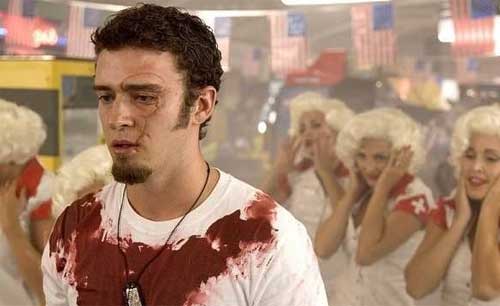Title: Inside Deep Throat
Director: Fenton Bailey, Randy BarbatoReleased: 2005
Plot: Documentary looking at the legacy of the legendry porn film “Deep Throat”
Review: Back in the early part of the 00’s someone had
the bright idea of re-releasing several legendry porn films such as “Debbie
Does Dallas” and “Behind The Green Door” aswell as “Deep Throat” perhaps hoping
to cash in on the kitsch value that “Boogie Nights” had suddenly brought to the
70’s porn industry. At the same time all
of these films back on their original release had for one reason or another
managed to break away from their grindhouse roots and achieved mainstream success
aswell.
Here Bailey and Barbato attempt to track
the making of the film and the fallout from its release which sparked a
censorship battle amongst tales of on set abuse and mob involvement, while the
film grossed $600 million and going on to become one of the most profitable
movies of all time. The pair of course are no stranger to underground and cult
subjects having previously given us documentaries on Rent Boys and Michael Alig’s
Club Kids (Party Monster) which would also lead them to a misguided stab at a
feature film. Here through they once again prove themselves most comfortable
with the documentary format even if the end result provides us with more of a
timeline for the film than anything regarding an in depth look at its
production.
Narrated by Dennis Hopper and made up of
new and archive interviews and news footage, here they attempt to provide a
full picture of the mythos and legacy of this film, though considering the
interviews which they get here which include the films director Gerard Damiano
aswell as Lovelace’s co-star Harry Reems the documentary far too often doesn’t
take full advantage of the subjects that it has access to instead making the bizarre
choice it would seem of trying to include as many interviewees as possible,
many being little more than social commentators such as John Waters (who as to
be expected provides a large number of great insights here) and more randomly
Gore Vidal through to adult magazine legends Hugh Hefner and Larry Flynt. While
all of these interviews certainly bring something to the film its frustratingly
at the expense of the film exploring certain aspects of the film or its fallout
which are skated over or hinted at.
Unfortunately due to the timing of the
documentary Lovelace had sadly died in an automobile accident leaving only her
mother, sister and daughter to provide largely bitter commentary on Lovelace's experiences with the film,
much like the archive footage included which falls more towards the years when
she was being used to boost the careers of several popular feminists who were
using her to condemn the film. Sadly as we see here she would be left penniless
much like both Gerard Damiano and Harry Reems who would never see any of the
films profits, while Lovelace as we find out in the film would equally see
nothing for her new found celebrity condemning the film. Reems meanwhile
despite his cheery attitude we see here, equally struggled to find work after
the film was release, with the scandal surrounding it leaving him blacklisted
and sinking into alcoholism and depression.
What the documentary does do right however
is to provide us with a rare historic importance for a porn film as its
popularity which not only saw it used as a pop culture reference but was seen
as a sign that explicit sex would be carried over into mainstream film making,
even as the film was being banned and seized in every city it was being shown
in as part of raids carried out by the FBI under the orders of the Nixon
administration, whose moral censorship would essentially only serve to fuel the
porn industry as it maintained audiences curiosity while also one which
ironically would only help to further to the popularity of the film.
While
it would have certainly have been more interesting if a focus on the making of
the film had been covered in more detail, especially with Lovelace making
numerous claims of abusive during filming, some of which we hear through the
archive footage, but are frustratingly never explored further outside of
footage of her bruises, supposedly from this abuse being highlighted to little
effect. As such the documentary is left feeling like its only telling you half
the story, especially when so much focus is given to the prosecution of the
film is given. At the same time while
this might not be their strongest film to date it is still a fascinating watch
and one whose energy keeps it moving at a quick place even if your left feeling
that you haven’t heard the whole story.






















No comments:
Post a Comment